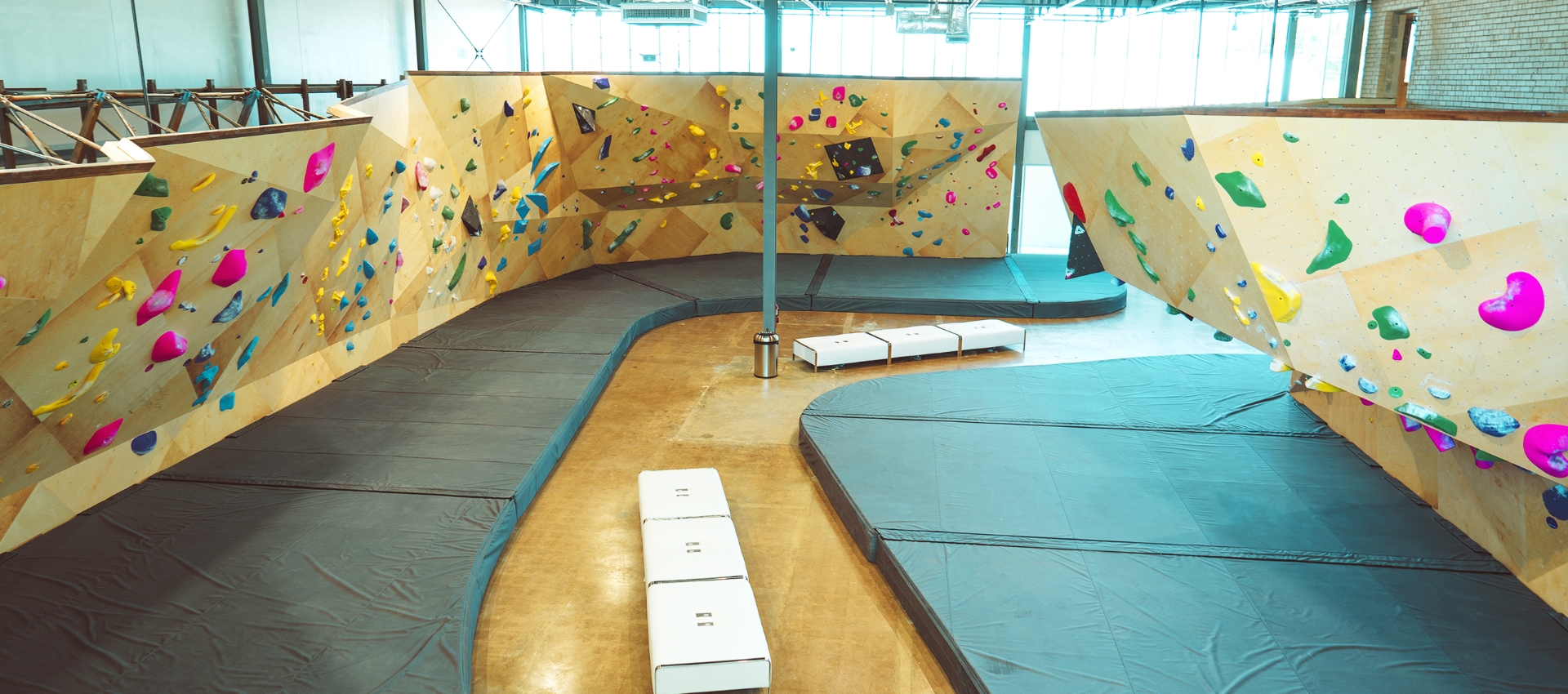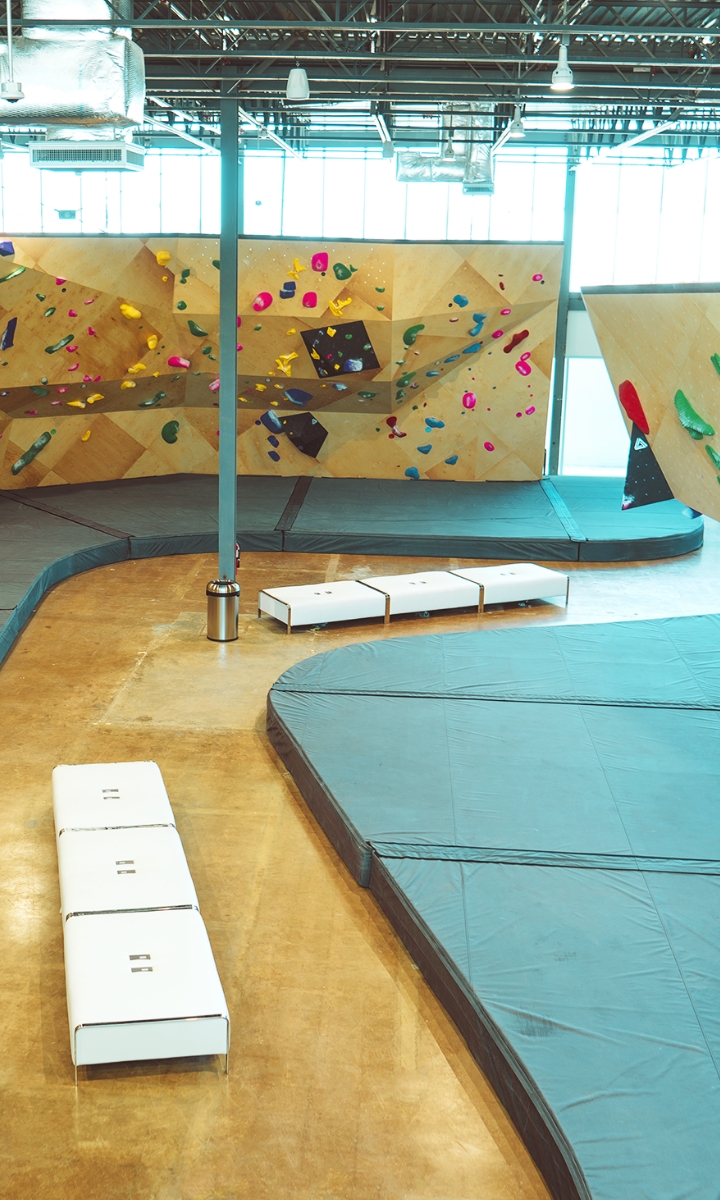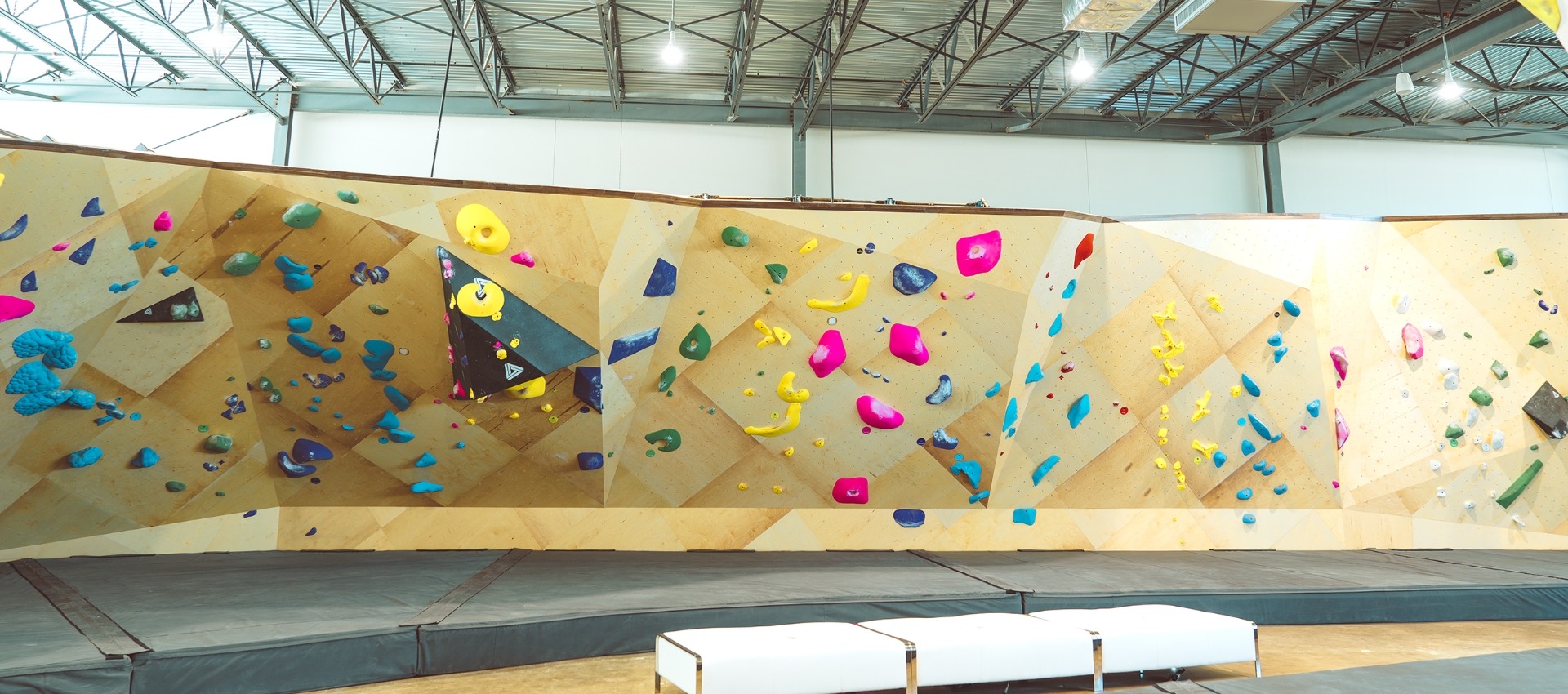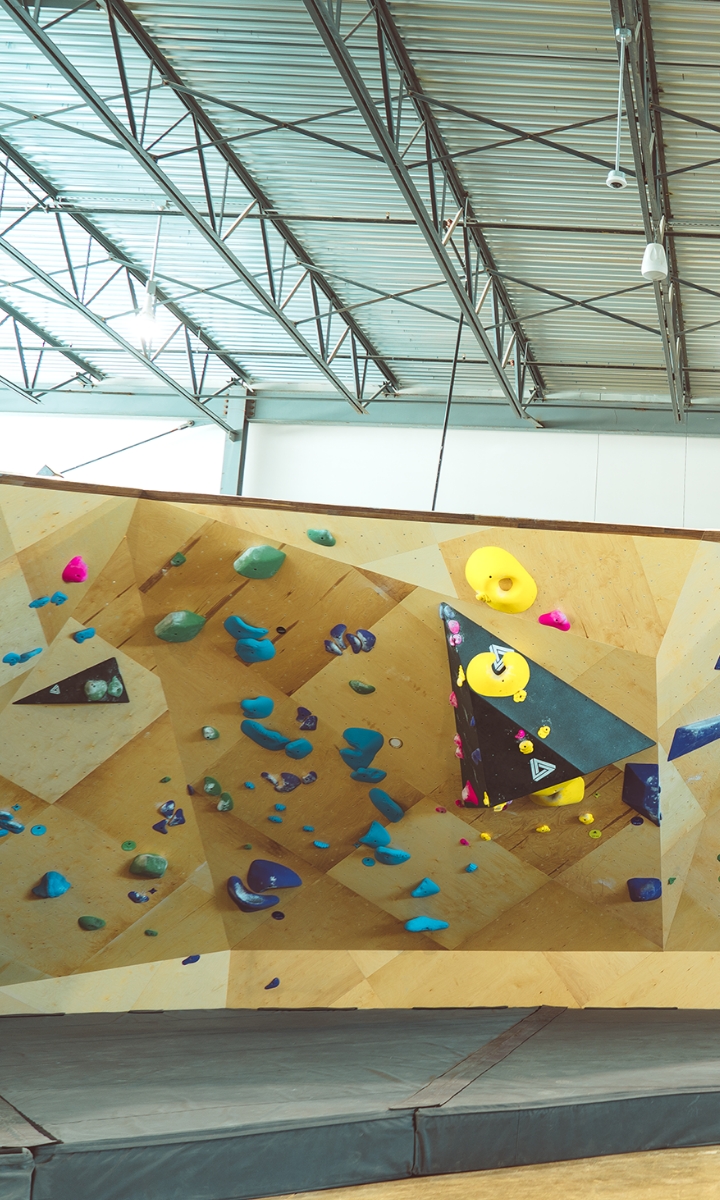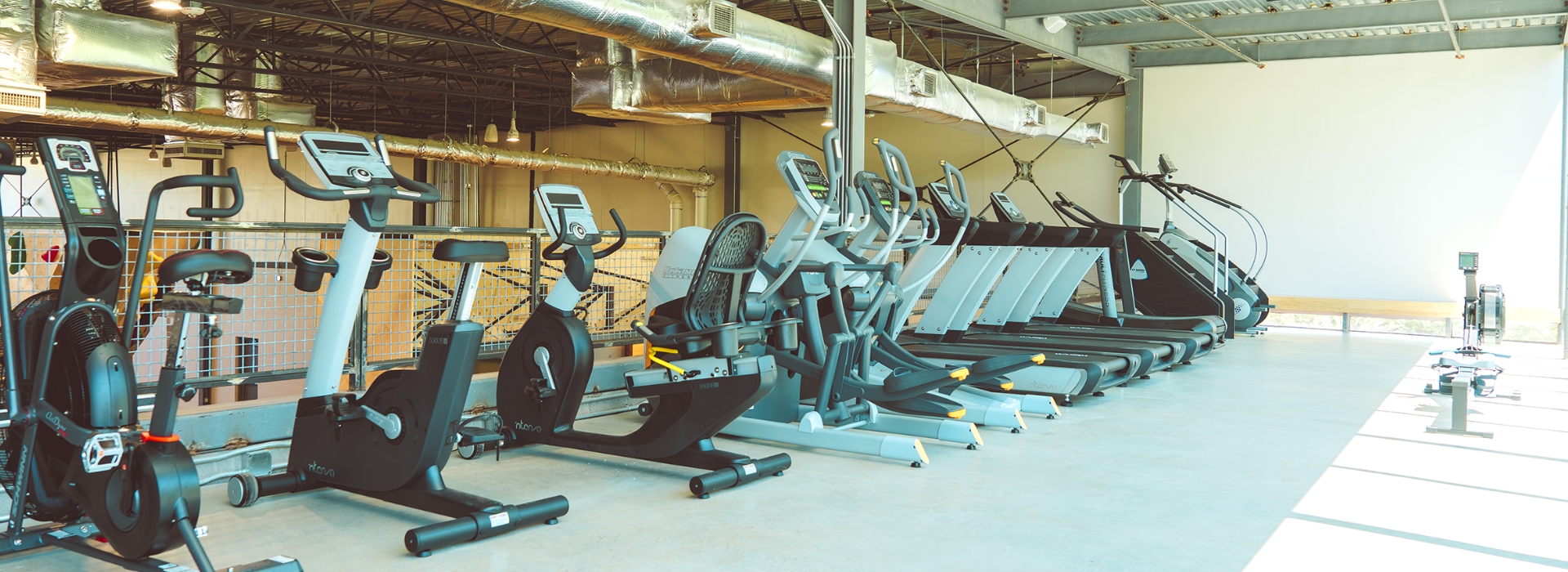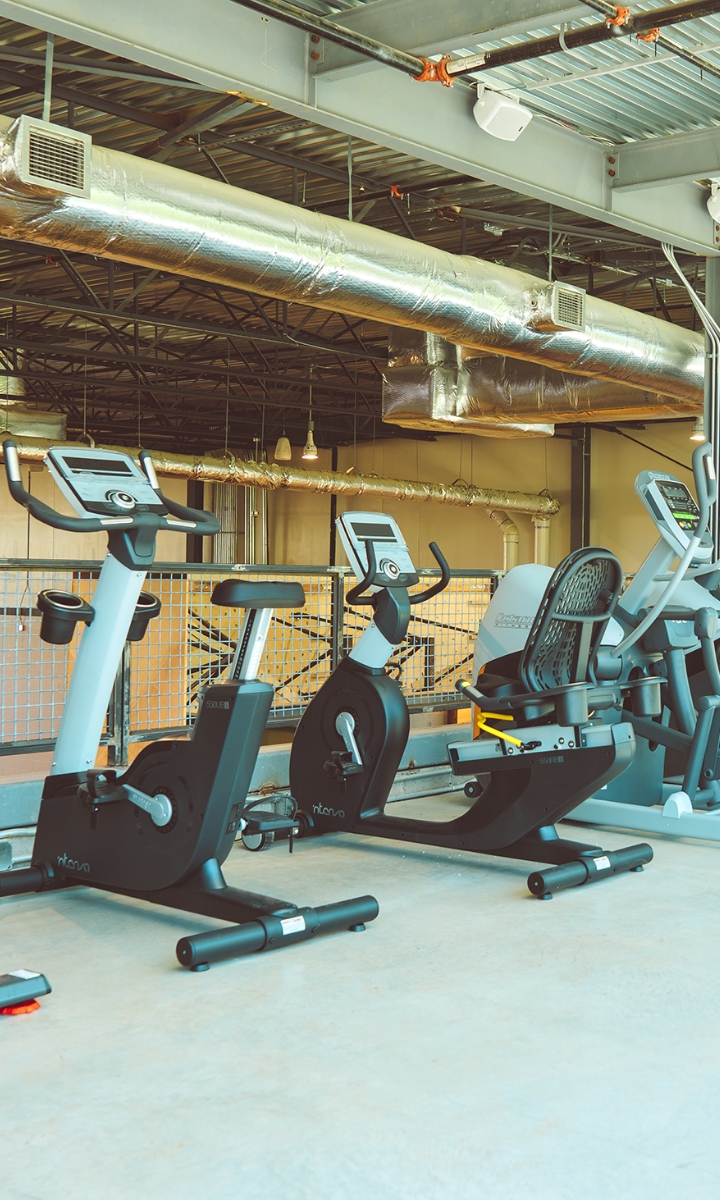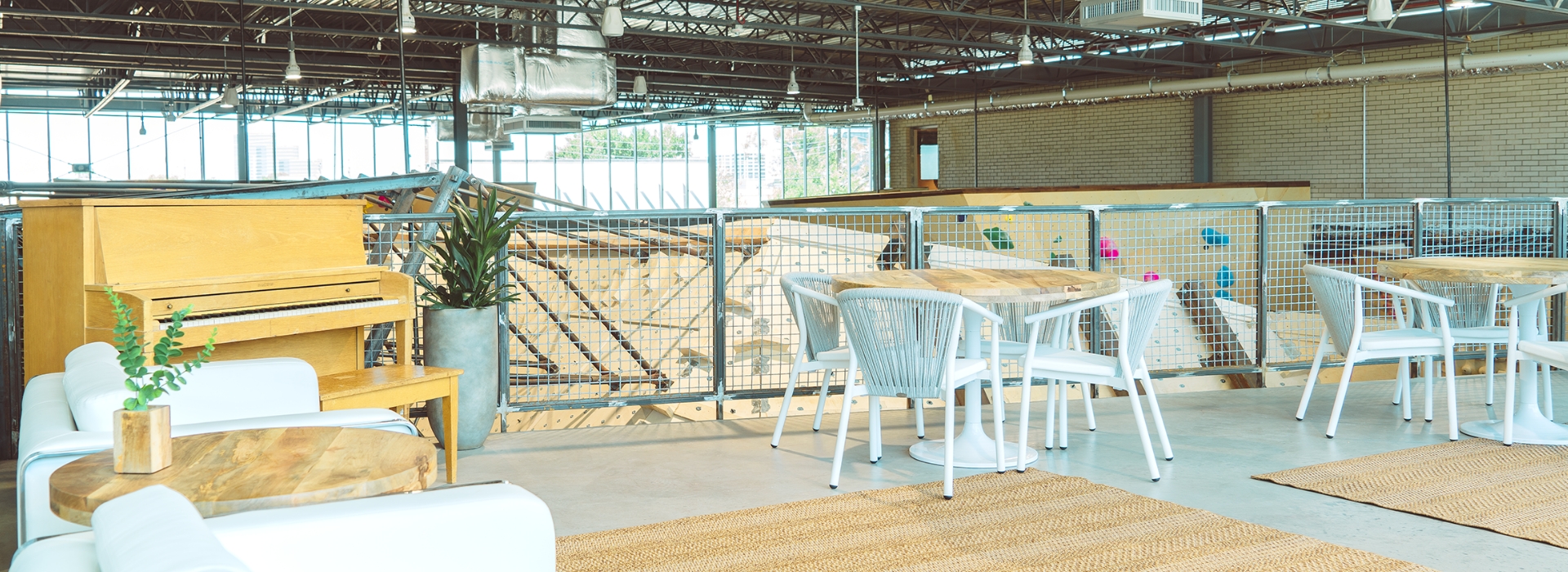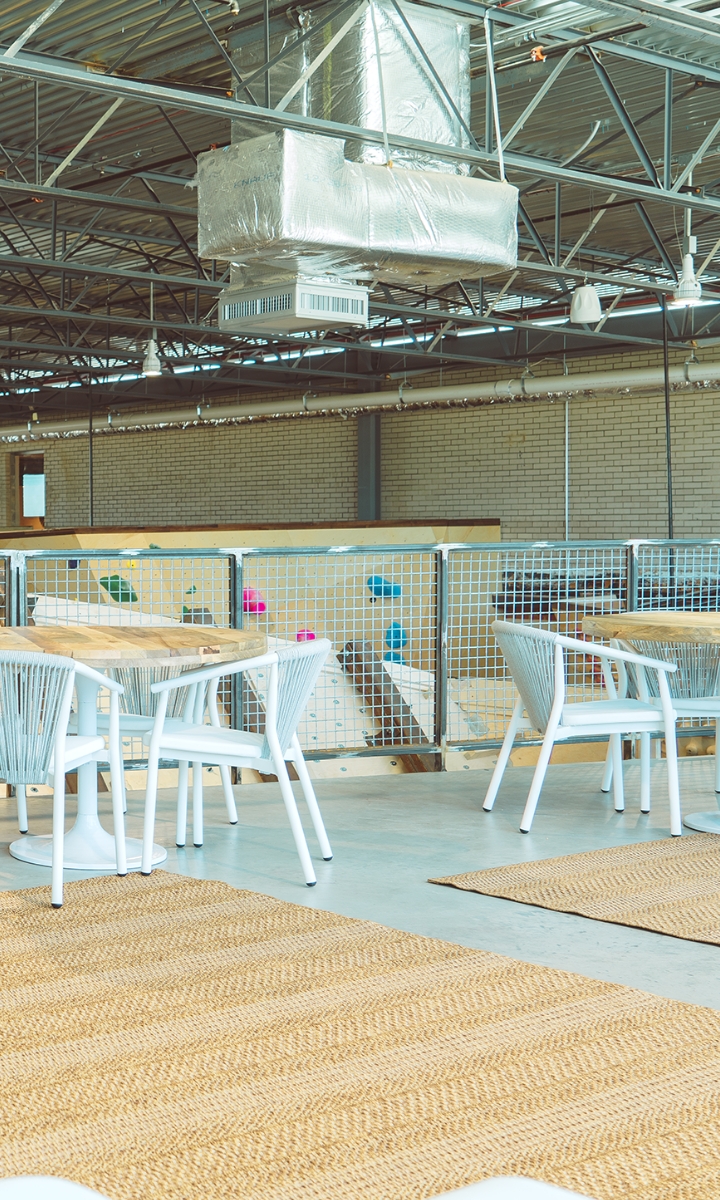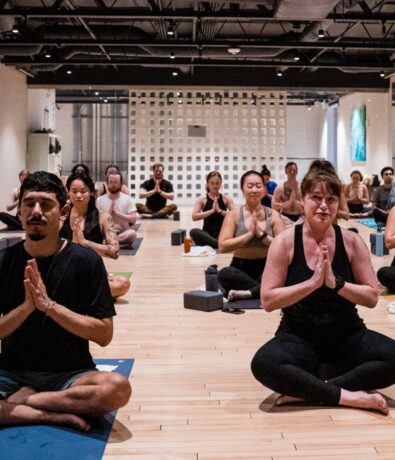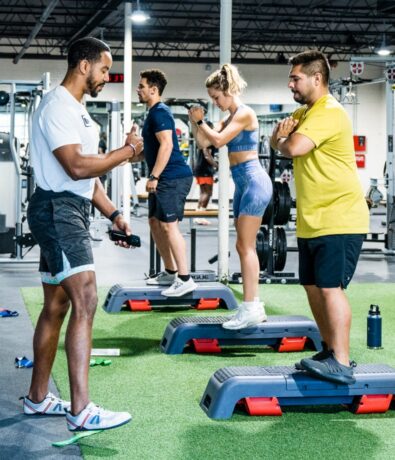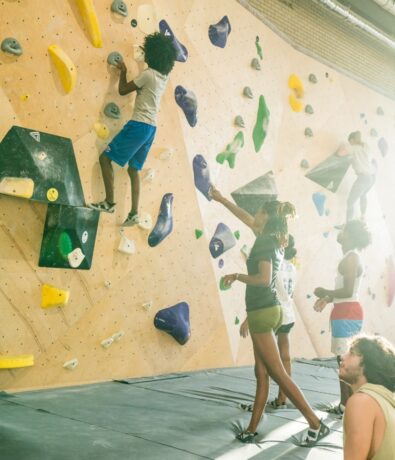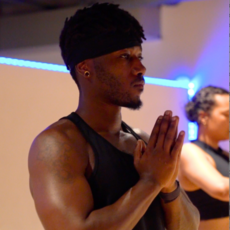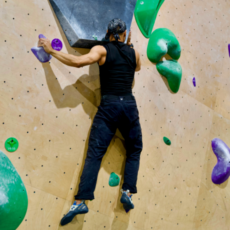Dallas, TX
Design District

Climbing Terrain
Discover 8,500 sq ft of bouldering terrain

Co-working Space
Spend time in our mezzanine co-working area located upstairs. We offer free Wi-Fi, coffee, and board games.

Sauna & Weightroom
Relax in our Saunas located in each restroom downstairs. Enjoy our well equipped fitness center and open space.

Yoga Studio
Dedicated zen space for our full calendar of classes.
Want to Visit?
General Info
Nestled in the heart of Dallas, our Design District location thrives within a dynamic community and boasts some of the most expansive bouldering walls in the region. The facility includes 8,500 square feet of climbing terrain, a 4,000 square foot fitness center, yoga studio, and co-working space with plenty of natural light.
Gear Rental
Nestled in the heart of Dallas, our Design District location thrives within a dynamic community and boasts some of the most expansive bouldering walls in the region. The facility includes 8,500 square feet of climbing terrain, a 4,000 square foot fitness center, yoga studio, and co-working space with plenty of natural light.



